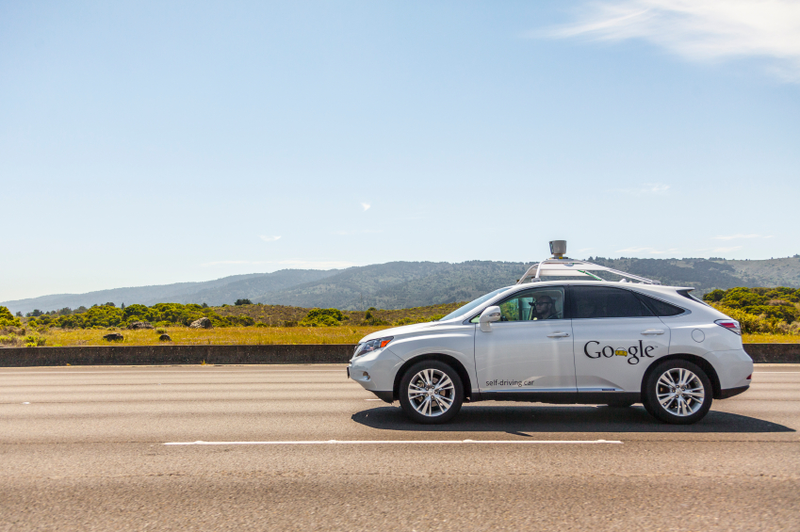Huawei to lay groundwork for driverless vehicles

Telecommunications company Huawei has announced that it will be investing heavily in future infrastructure technologies as it prepares for the era of autonomous cars.
Fifth generation mobile internet (5G) has been discussed as a solution to the substantial bandwidth requirements that vehicles are likely to require when communicating with other road-based objects.
In a recent article on the Financial Times, Huawei CEO Eric Xu, revealed that talks with car manufacturers were already on the agenda. However, the discussions must still be at an early stage as Xu failed to disclose any specifics.
Bandwidth capacity
There is a worry that even 5G bandwidth will not be enough to deal with the data that cars are set to generate, with Professor Rahim Tafazolli, director of the Centre for Communications Systems Research, University of Surrey, suggesting a more bespoke networking approach.
“We need different network architecture and hierarchical network architecture with different points in the network for data mining and data processing. Otherwise, the network will be flooded with a huge amount of useless data,” Tafazolli said.
“We need to do data mining at every stage at sensor and network gateways. We should have a mechanism for structured and unstructured data in order to gain information from metadata. We must also be able to extrapolate information to make projections and predictions.”
Lowering latency in 5G
The volume of data that cars are expected to generate is likely to be huge and could heavily contribute to research that predicts data production will be 44 times greater in 2020 than it was in 2009.
Huawei, though, wants to concentrate on latency when building out its 5G technology as it believes this will be just as important as bandwidth on the list of driverless car requirements. For safety purposes, data will need to be received and sent with minimal lag.
The golden ticket for low-latency networking is said to be one millisecond, but Xu felt this would be optimistic for 5G. He did say that five or maybe three milliseconds would be more attainable. Both are a big improvement over 4G’s 40-80 milliseconds.
If you’re interested in finding out more about 5G, head over to the 5G conference and exhibition page for more 5G insights.

Leave a comment
Alternatively
This will only be used to quickly provide signup information and will not allow us to post to your account or appear on your timeline.